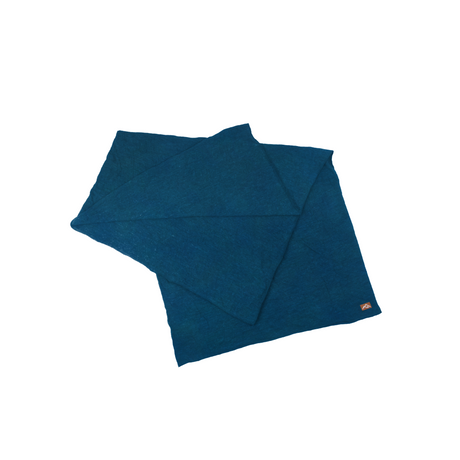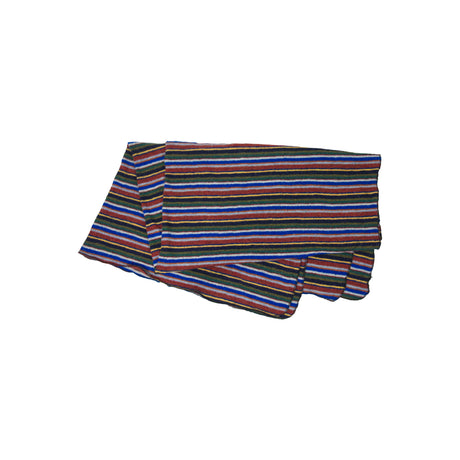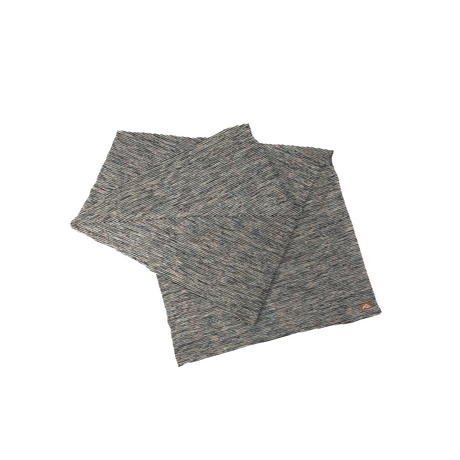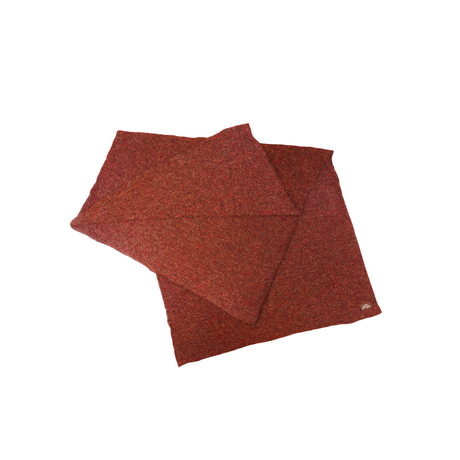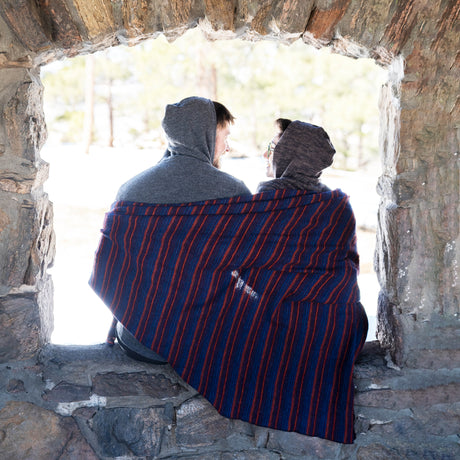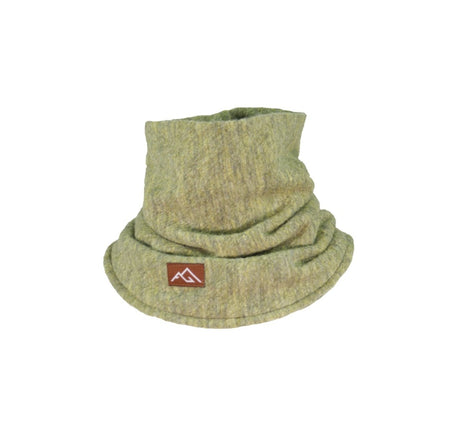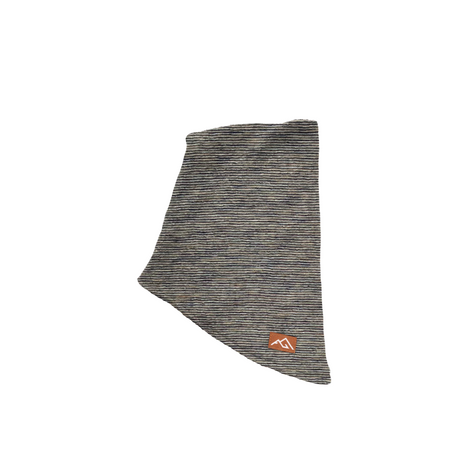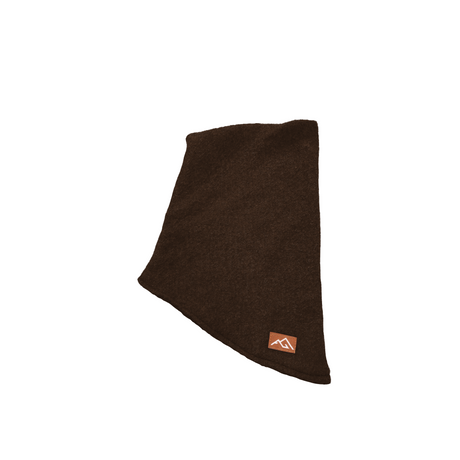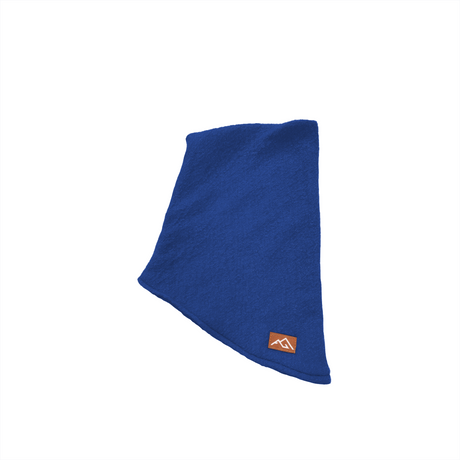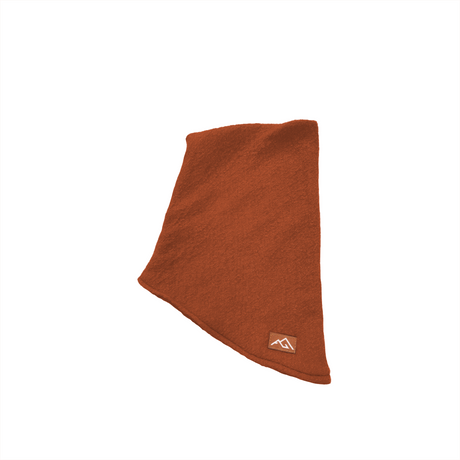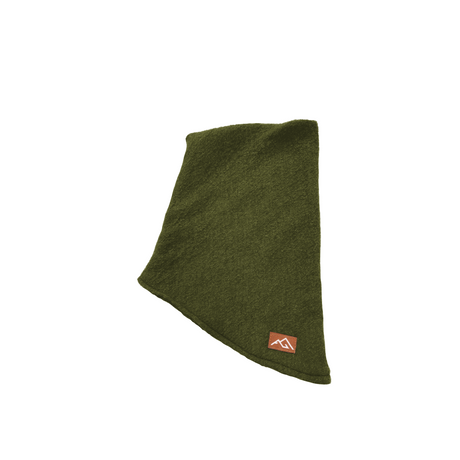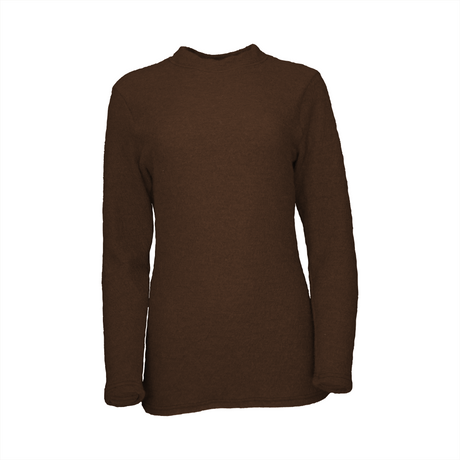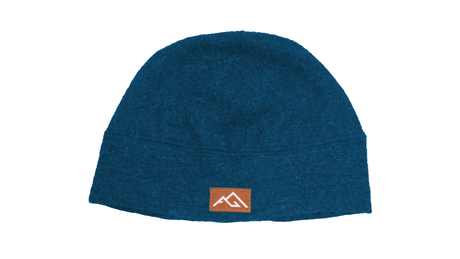By Heather “Anish” Anderson
By April I’m chomping at the bit to get outside on longer hikes. Winter has been going on for far too long, the increased sunshine and warmer temperatures are tempting me with memories of summer. If your memories work anything like mine, then your brain probably remembers how to hike long days much more readily than your body does…and that can cause problems.
“If your memories work anything like mine, then your brain probably remembers how to hike long days much more readily than your body does…and that can cause problems.”
I started my first CDT thru-hike after a winter spent in Michigan (where I ran an average of 25 miles a week) with an aggressive 28-30 mile per day itinerary through Glacier National Park. Two summers prior I had worked at the park and hiked hundreds of miles there on my days off, usually in 30-mile daily increments. The summer before the CDT I’d thru-hiked the Pacific Crest Trail. Surely, I could cover 28-30 miles a day through mountainous terrain! I’d done it many times before.

Unfortunately, the eight months that had passed since I’d last logged those kinds of miles had erased the memory of them completely from my body. I woke on the second morning aching from head to toe, barely dragging myself into my designated camps before dark my last two nights in the park. I did it, but I needed a zero day by the time I made it to East Glacier!
I’ve since learned my lesson on jumping into more than I’m ready for in that tantalizing spring transition season. There are two methods for not overdoing it when making the leap from winter into summer adventure. The first is to train at a high volume all winter. This is possible if you live in—or travel to—a place with good weather in the winter months so that you can continue to get out at the same effort level as summer. I did this for several years by spending my winters in California, Florida, or New Zealand. This method is a great way to ensure you don’t lose your real-world adaptations that can be hard to simulate in a gym, especially vertical fitness.

The other option is to maintain a base fitness and pace yourself back into summer adventures. Since more people tend to fall into the cold winter category, I’ll share my tips for base training and ramping up below. For more detailed information, check out my guide Adventure Ready: A Hiker’s Guide to Planning Training and Resiliency co-authored with Katie Gerber.
The first tip is to maintain an aerobic base. You can run, use indoor equipment (bikes/ellipticals/rowing machines, etc.), ski…whatever gets your heart rate up. While getting a good sweaty workout in is good for your health and keeps your cardiovascular system in shape, it won’t necessarily translate into long days in the mountains without some additional work. This is especially true if your cardio sessions are low impact such as skiing, cycling, swimming, or an elliptical machine.

“While getting a good sweaty workout in is good for your health and keeps your cardiovascular system in shape, it won’t necessarily translate into long days in the mountains without some additional work.”
This brings us to the second tip, which is strengthening. Strength training has two primary benefits: complimentary and corrective training to linear movement (hiking/running) and as a load simulator to prep joints, muscles, and connective tissues for backpacking. Strength training doesn’t have to be complex. Basic squats, lunges, and core work are usually enough. Luckily, building strength doesn’t require you to go outside in the cold!

So, assuming you’ve maintained a solid base of aerobic fitness and done some strength training to keep yourself healthy, well-rounded, and strong…what’s the next step to take you from spring fitness to summer fitness?
The key is to pace yourself. Start with day hikes that are out and back so that there are no negative repercussions if you don’t make it quite as far as you thought you would. I recommend measuring by time, not distance since it’s more precise. Gauge how you feel and adjust the duration of subsequent hikes accordingly. Aim to do at least one hike per week that is longer than your daily hike/run/cardio session. Ideally, you’ll want to build up duration of your longest hike by about 10% per week.
As you feel more comfortable with your hiking fitness you can begin to increase the amount of weight you carry as well. Again, start with your daypack and gradually add items in, keeping increases to no more than one pound at a time. Avoid increasing load and duration at the same time. An alternating schedule of increasing time one week, then maintaining time and increasing load the next week is usually ideal. As your fitness continues to increase, you can also add vertical difficulty to the trails you choose. By taking your time, making incremental increases, and being consistent you’ll be ready for big summer hikes the smart way!








